If you're formulating skincare products or curating your own thoughtful DIY routine, antioxidants are likely already on your radar. But one antioxidant has quietly built a strong following for its superior performance and vibrant natural color: Astaxanthin.
Naturally derived and unmistakably vivid, Astaxanthin isn’t just pretty to look at—it’s considered one of the most powerful antioxidants in modern skincare. It protects against environmental stress, supports collagen integrity, soothes inflammation, and even gives the skin a subtle, healthy-looking glow.
At Bulk Naturals Wholesale, we offer two versatile forms of Astaxanthin—oil-soluble and water-soluble—to help you incorporate this functional powerhouse into a variety of product types with ease.
What Is Astaxanthin and Why Is It So Powerful?
Astaxanthin is a deep red carotenoid pigment found in Haematococcus pluvialis, a type of freshwater microalgae. In nature, this pigment helps protect the algae from harsh sun exposure and oxidative stress. When consumed by marine animals like salmon, krill, or flamingos, it gives them their characteristic reddish hue.
But beyond its pigmentation, Astaxanthin boasts unparalleled antioxidant strength—studies suggest it is:
-
6,000x stronger than Vitamin C
-
800x stronger than CoQ10
-
550x stronger than Vitamin E
-
75x stronger than Alpha Lipoic Acid
For the skin, this means next-level protection from free radicals, which are unstable molecules that damage skin cells, accelerate aging, and trigger inflammation.
Skin Benefits of Astaxanthin
Astaxanthin is more than just a trending antioxidant—it offers comprehensive benefits for the skin’s health, resilience, and appearance. Whether you're formulating a recovery balm, a glow-enhancing serum, or a protective day cream, this powerful carotenoid brings visible results and long-term skin support.
Antioxidant Protection — Defend Against Premature Aging
One of the most remarkable qualities of Astaxanthin is its unmatched ability to neutralize free radicals, which are unstable molecules generated by UV rays, pollution, stress, and even blue light from screens. When left unchecked, free radicals damage skin cells and speed up signs of aging.
Astaxanthin has been shown to:
-
Reduce oxidative damage to DNA and skin cells
-
Support the repair of photodamaged skin
-
Offer photoprotective benefits even when used topically
-
Enhance the efficacy of other antioxidants like Vitamin E and CoQ10
This makes it an ideal hero ingredient in anti-aging skincare, defense serums, or recovery formulas for environmentally stressed skin.
Enhanced Moisture Retention — Hydrate at the Cellular Level
Astaxanthin helps the skin maintain its hydration by reinforcing the lipid barrier, which is essential for preventing transepidermal water loss (TEWL). A healthy barrier means smoother, plumper, and more resilient skin that feels comfortable—not tight or dry.
Studies suggest that Astaxanthin:
-
Increases skin moisture levels after prolonged use
-
Prevents barrier breakdown during environmental stress
-
Helps reduce rough texture caused by dehydration
Formulators often use it in tandem with humectants like Hyaluronic Acid or Panthenol for layered hydration that doesn’t feel heavy or greasy.
Improved Skin Tone, Brightness & Microcirculation
Uneven tone, dullness, and discoloration can result from poor circulation, oxidative stress, or chronic inflammation. Astaxanthin enhances microcirculation in the skin, which helps deliver oxygen and nutrients more efficiently to skin cells—contributing to that natural, lit-from-within glow.
Additionally, Astaxanthin:
-
Reduces the appearance of dark spots and redness from inflammation
-
Brightens skin tone by reducing melanin synthesis markers
-
Smooths uneven pigmentation caused by sun exposure or blemishes
Over time, users often report brighter, more even-looking skin with fewer visible spots or blotchiness.
Collagen Protection & Firmness — Target Wrinkles and Sagging
Collagen and elastin are the scaffolding proteins that keep skin firm, smooth, and youthful. These structures naturally degrade with age—and are further damaged by UV exposure and inflammation.
Astaxanthin has been shown to:
-
Inhibit enzymes that break down collagen (like MMP-1)
-
Improve skin elasticity and reduce wrinkle depth
-
Support dermal fibroblasts (collagen-producing cells)
In clinical settings, regular use of Astaxanthin has resulted in visibly firmer skin with a smoother texture and better bounce—especially in mature skin.
Inflammation Reduction — Soothe Stressed & Reactive Skin
Skin inflammation isn’t always visible—but it plays a huge role in aging, pigmentation, and barrier disruption. Astaxanthin’s anti-inflammatory effects go beyond surface redness; it helps modulate the body’s inflammatory response at the cellular level.
When added to skincare formulations, Astaxanthin can:
-
Calm redness and irritation from UV, wind, or harsh actives
-
Support skin healing in post-procedure or sunburn recovery products
-
Reduce the frequency of flare-ups in sensitive or compromised skin
This makes it ideal not only for anti-aging but for barrier support, sensitive skin care, and formulas designed to be used post-sun or post-treatment.
Our Astaxanthin Ingredients at Bulk Naturals Wholesale
At Bulk Naturals Wholesale, we offer two versatile, high-performance forms of Astaxanthin—each designed to give formulators maximum flexibility without compromising on potency. Whether you're building a water-based serum or a rich botanical balm, these options allow you to infuse your products with one of nature’s most powerful antioxidants in a form that suits your formulation style.
Astaxanthin Liquid Extract 10% – Oil Soluble
Best For: Facial oils, oil-based serums, lip balms, emulsified creams, butters, and recovery balms
Color: Deep red-orange hue derived from microalgae
Use Rate: 0.15%–1.0% (start low and build gradually based on desired color and activity)
Suggested Carriers:
-
Jojoba Oil (lightweight, skin-balancing)
-
Olive Squalane (fast-absorbing, barrier-supporting)
-
Meadowfoam Seed Oil (stabilizing, dry finish)
This oil-soluble form of Astaxanthin is ideal for rich and nourishing formulations that aim to shield skin from oxidative stress while improving texture, tone, and barrier function. Its vibrant hue adds a natural tint to facial oils, making it a great visual differentiator in finished products.
Because of its high pigmentation, even small amounts create noticeable antioxidant impact—perfect for luxury or minimalist oil blends, lip serums, or antioxidant-rich body oils.
Bonus Tip: Blend with Vitamin E T-50 and Rosemary CO2 Extract for enhanced oxidative stability in anhydrous formulas.
Astaxanthin Powder 10% – Water Soluble
Best For: Hydrating gels, anti-aging serums, micellar toners, sheet masks, emulsified lotions
Color: Dark red powder
Use Rate: 0.1% to 1% (start low and build gradually based on desired color and activity)
Pairs Well With:
- Hyaluronic Acid (LMW or HMW): Boosts hydration and enhances skin plumpness
- Aloe Vera Powder (100x): Provides soothing, cooling support
- Panthenol (Vitamin B5): Calms, hydrates, and improves skin texture
This water-soluble version makes it easy to include Astaxanthin in lightweight or water-rich products, such as brightening serums, hydrogels, after-sun treatments, and even skin-prepping tonics. It’s especially valuable for formulating in hot weather climates or for users with oily or acne-prone skin who benefit from antioxidant support without added oils.
Bonus Tip: Try combining it with Niacinamide and Licorice Extract in a tone-correcting serum or with Hydrosols and Glycerin in a DIY facial mist to support post-sun repair.
Why Offer Both?
Offering both oil- and water-soluble formats ensures that Astaxanthin’s benefits can be applied across the full range of personal care products:
| Format | Texture Focus | Ideal For |
|---|---|---|
| Oil-Soluble | Nourishing, rich, occlusive | Night serums, recovery balms, antioxidant creams |
| Water-Soluble | Lightweight, hydrating, fast-absorbing | Morning serums, toners, under-eye gels, mists |
By choosing the appropriate format—or even combining both in an emulsion—you can craft truly multifunctional products that deliver advanced skin benefits with aesthetic appeal.
How to Formulate with Astaxanthin: Tips & Considerations
Start Small: Due to its intense color and potency, start with lower percentages and adjust based on desired effect.Color Awareness: Astaxanthin can leave a slight reddish tint in final formulations—especially in leave-on products. Always patch test.
Stability Support: To maintain product longevity, pair with stabilizers like Vitamin E T-50 or Rosemary CO2 Extract.
pH Range: Works best in formulations with a pH between 4.5–6.5.
Packaging Matters: Store in UV-protected or amber packaging to prevent oxidation.
DIY Skincare Recipe: Glow Recovery Oil Serum
A soothing, antioxidant-rich facial oil designed for nightly use or post-sun exposure.
Ingredients:
Ingredients:
- 9g Jojoba Oil
- 0.8g Olive Squalane
- 0.15g Astaxanthin Oil Extract (10%)
- Optional: 1 drop Neroli Essential Oil
- Optional: 1 drop Ylang Ylang Essential Oil
Directions:
- Combine all oils in a sanitized glass beaker or mixing vessel.
- Add the Astaxanthin and stir well to fully incorporate.
- Transfer to a 10ml amber dropper bottle.
- Apply 2–3 drops to clean, damp skin in the evening.
Pro Tip: Swap Jojoba for Meadowfoam Seed Oil if you want a drier finish or for acne-prone skin.
Formulation Ideas by Category
Facial Care
- Antioxidant Serum: Combine Astaxanthin with Niacinamide, Panthenol, and Hyaluronic Acid.
- Barrier Balm: Use Astaxanthin with Beeswax, Sea Buckthorn Oil, and Royal Jelly Extract.
- Post-Sun Mist: Blend with Aloe Vera 100x Powder, Manuka Hydrosol, and Chamomile CO2.
Body Care
- Firming Body Oil: Pair with Caffeine, Squalane, and Rosehip Seed Oil.
- After-Sun Lotion: Add to a shea butter and coconut milk base for repair and glow.
Hair & Scalp
- Though not as common, Astaxanthin may help reduce scalp inflammation and oxidative stress in hair serums or oils.
Ingredient Synergy: What to Pair With Astaxanthin
| Category | Ingredients | Purpose |
|---|---|---|
| Carrier Oils | Jojoba, Meadowfoam, Sea Buckthorn | Base oils with antioxidant synergy |
| Antioxidants | Vitamin E T-50, CoQ10, Rosemary CO2 | Extended shelf life & oxidative shield |
| Soothers | Aloe Vera, Chamomile CO2, Panthenol | Calm inflammation, hydrate |
| Actives | Hyaluronic Acid, Niacinamide, Squalane | Boost elasticity, hydration, brightness |
Consumer Spotlight: Why Astaxanthin Appeals to Today’s Market
Today’s skincare consumer is looking for multifunctional, plant-based ingredients that deliver visible results without irritation.
Astaxanthin is:
-
Vegan + algae-derived
-
Naturally pigmented (no synthetic dyes)
-
Suitable for sensitive skin
-
Minimal ingredient lists + maximum payoff
It’s ideal for “skinimalist” formulas, seasonal skincare (sun recovery, winter barrier repair), and luxury botanical lines.
Final Thoughts: Small Dose, Big Impact
Astaxanthin isn’t just a trending ingredient—it’s a bioactive powerhouse that delivers on protection, recovery, and aesthetic appeal. Whether you’re building a hero serum, glow balm, or lightweight lotion, it adds both skin health benefits and visual impact.
With oil- and water-soluble forms available from Bulk Naturals Wholesale, you have the flexibility to integrate Astaxanthin into nearly any formulation category.
👉 Ready to formulate with the most powerful red antioxidant in skincare?
Further Reading & Research
- Zhou, X., Cao, Q., Orfila, C., Zhao, J., & Zhang, L. (2021). Systematic review and meta-analysis on the effects of astaxanthin on human skin ageing. Nutrients, 13(9), 2917. https://doi.org/10.3390/nu13092917
- Ito, N., Seki, S., & Ueda, F. (2018). The protective role of astaxanthin for UV-induced skin deterioration in healthy people—A randomized, double-blind, placebo-controlled trial. Nutrients, 10(7), 817. https://doi.org/10.3390/nu10070817
- Davinelli, S., Nielsen, M. E., & Scapagnini, G. (2018). Astaxanthin in skin health, repair, and disease: A comprehensive review. Nutrients, 10(4), 522. https://doi.org/10.3390/nu10040522
- Bjørklund, G., Gasmi, A., Lenchyk, L., Shanaida, M., Zafar, S., Mujawdiya, P. K., Lysiuk, R., Antonyak, H., Noor, S., Akram, M., Smetanina, K., Piscopo, S., Upyr, T., & Peana, M. (2022). The role of astaxanthin as a nutraceutical in health and age-related conditions. Molecules, 27(21), 7167. https://doi.org/10.3390/molecules27217167
- Tominaga K, Hongo N, Karato M, Yamashita E. Cosmetic benefits of astaxanthin on humans subjects. Acta Biochim Pol. 2012;59(1):43-7. Epub 2012 Mar 17. PMID: 22428137. https://pubmed.ncbi.nlm.nih.gov/22428137/


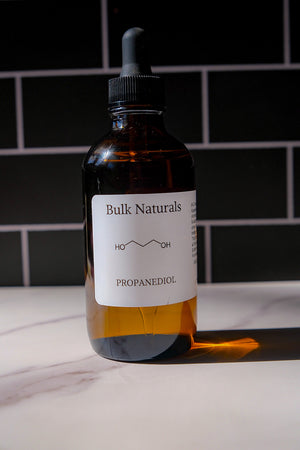
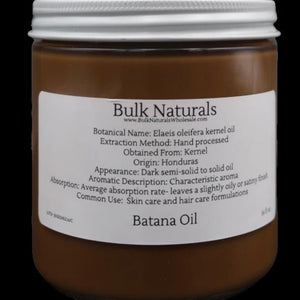
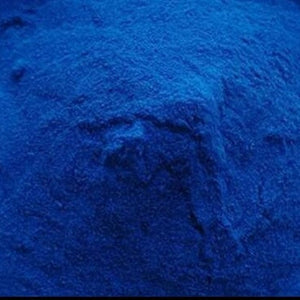
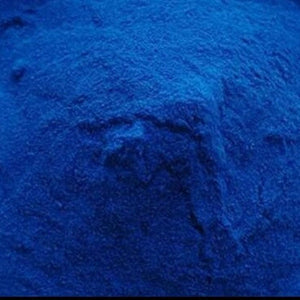
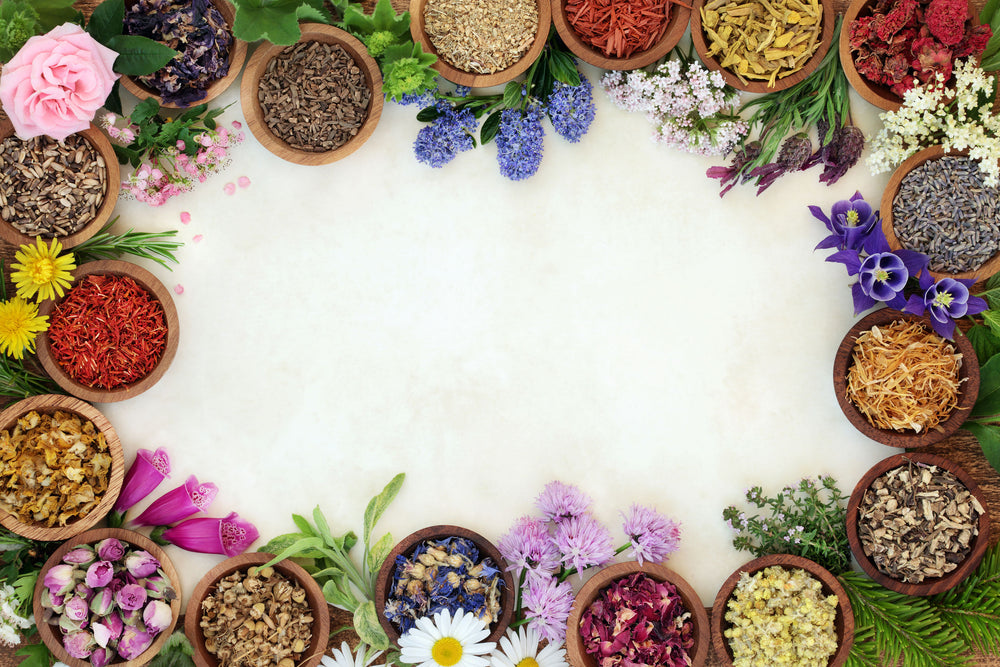
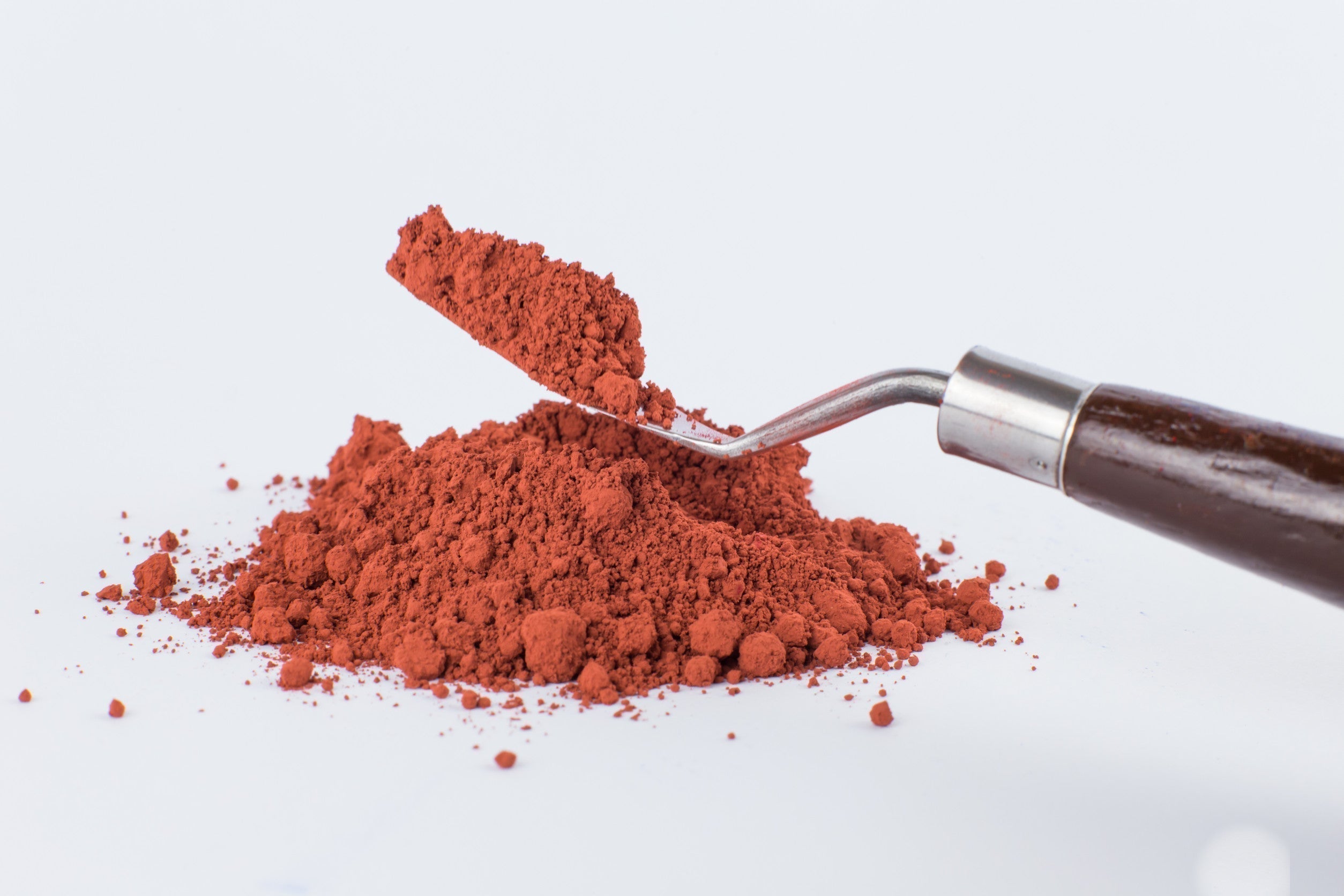

Leave a comment